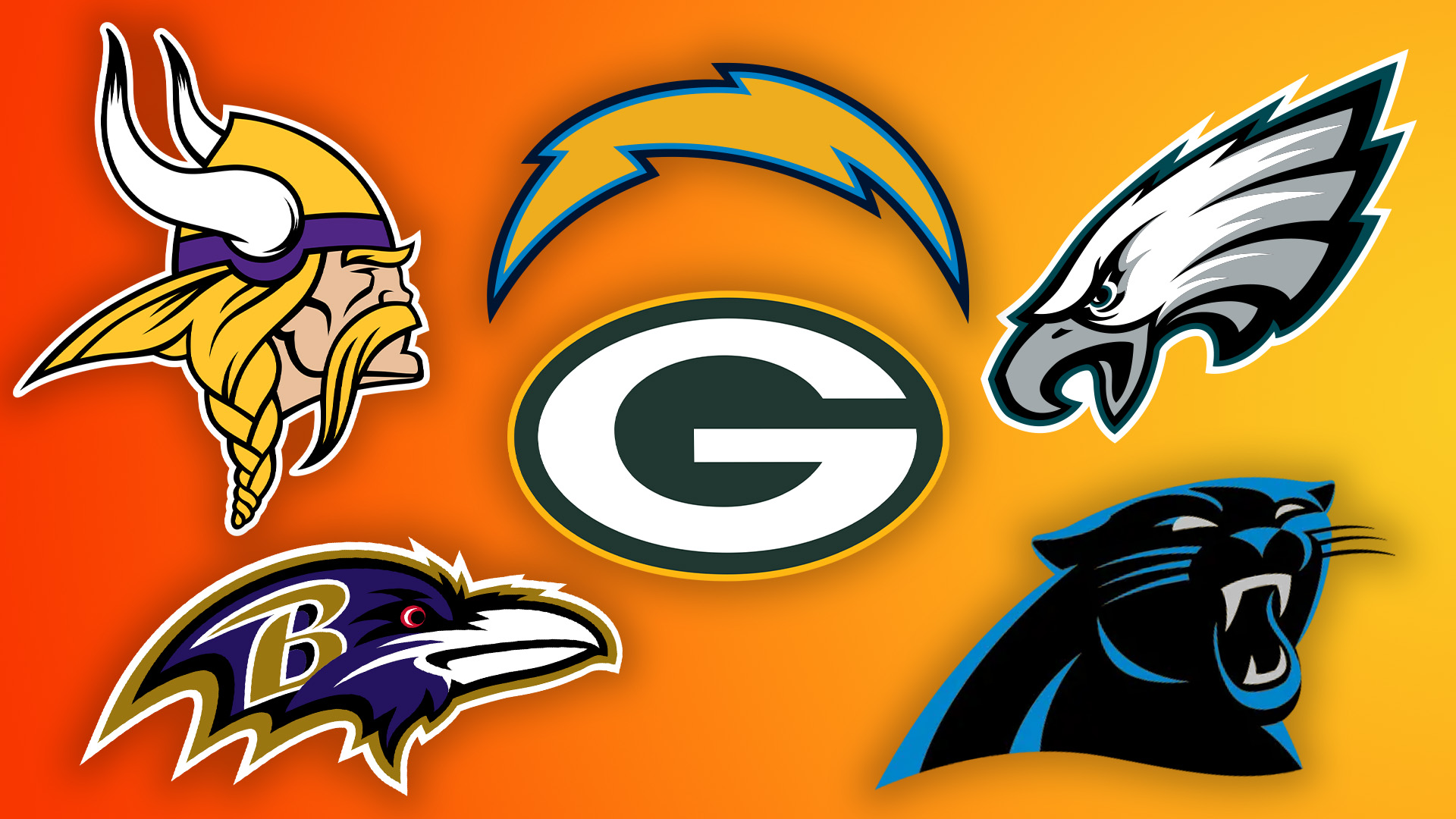Illustration vs photography: how do you decide?
We explain how to choose between illustrations and photography in your design work.
Most of our day-to-day design work involves choosing images, and most of the time the go-to is photography. But could you be missing a trick?
Illustrations can be a great way to bring your designs to life and add distinctiveness and individuality to your designs, encouraging a greater level of emotional engagement in your audience.
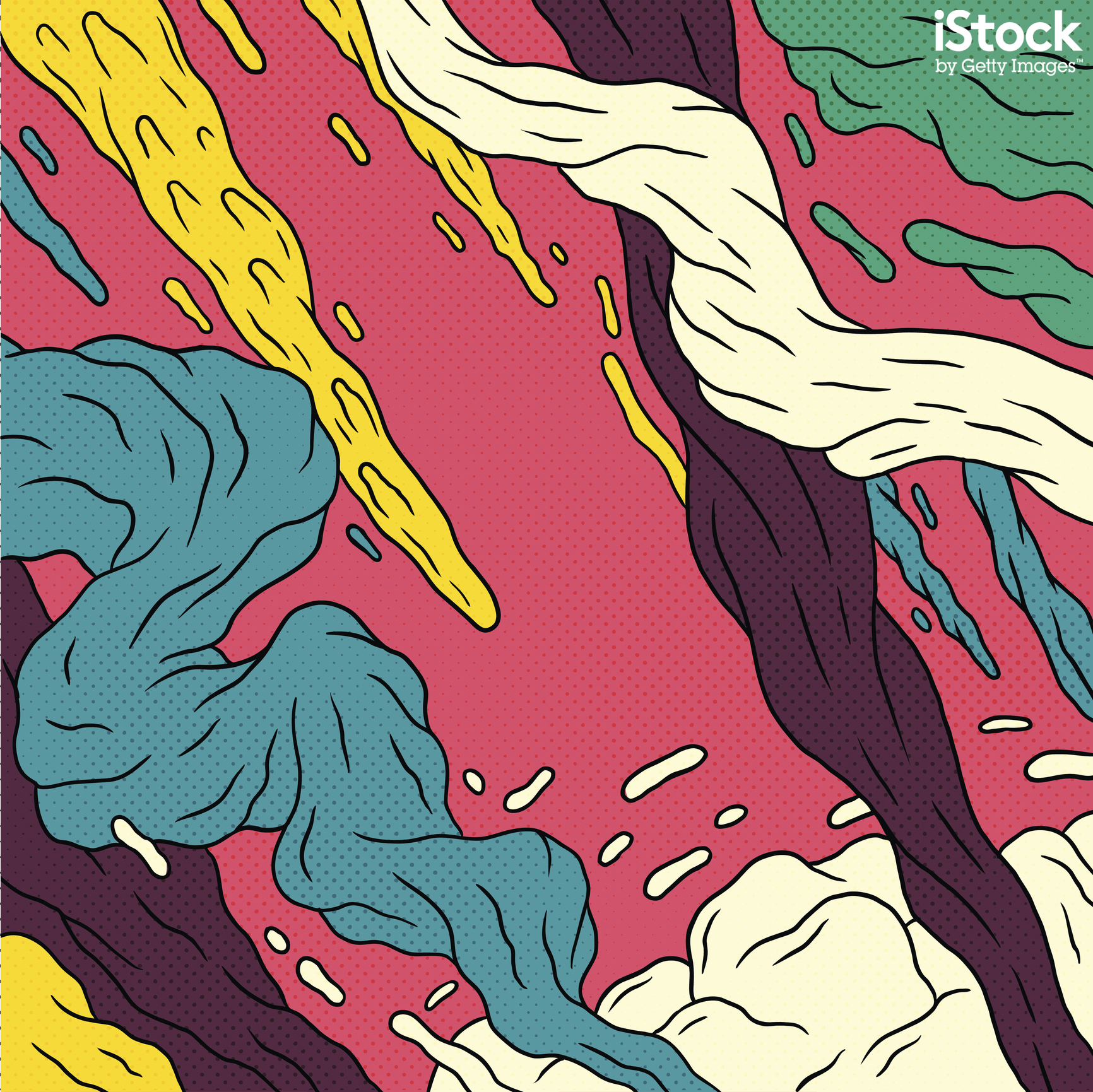
That’s especially the case in the era of Instagram and Snapchat, where we’re constantly bombarded by our friends’ photos... but illustrations far less often.
So when should you use photography, and when should you use illustration? In this post, we’ll look at some of the key factors to consider.
Reasons to use illustrations
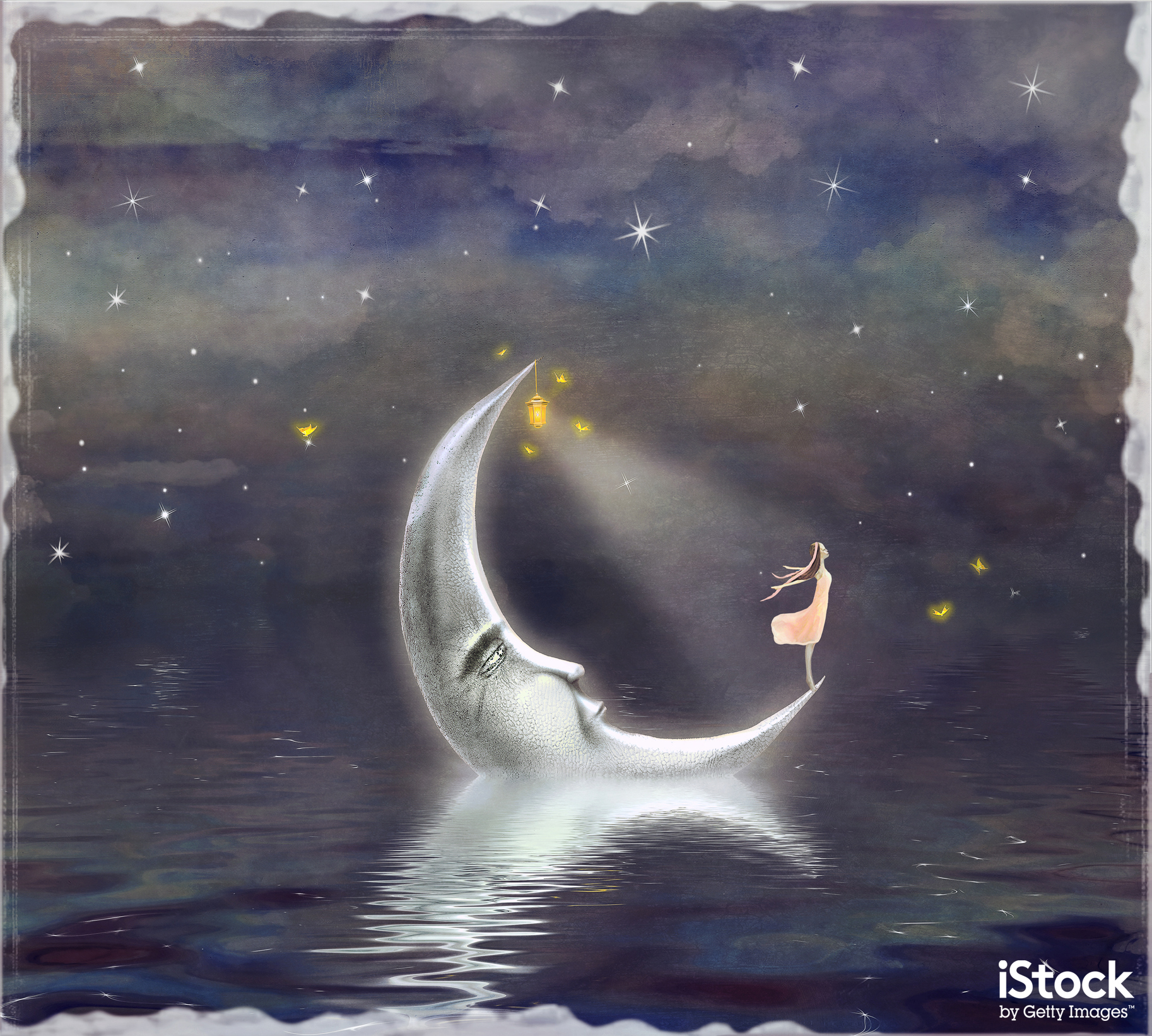
01. For fantastical scenes
There are many scenarios when using illustrations in your designs is the more likely option, says Jennifer Borton, senior manager of illustrations at iStock by Getty Images. One is when you want to show things that photography simply can’t.
“Illustrators aren’t hindered by real-life considerations like gravity or lighting,” she points out. “So they’re ideal for creating fantastical scenes that would be impossible to photograph.”
Daily design news, reviews, how-tos and more, as picked by the editors.
02. For retro appeal
Other specific scenarios that favour illustrations include when you’re striving for a vintage look in your designs.

“In the days before everyone had cameras, when photography was much more expensive to produce, many ads featured illustrations,” explains Borton. “So using illustrations today can harken back to different time periods, adding a retro flair to designs. It’s more difficult to achieve this with photography.”
03. To stand out
Illustration can also be a good choice when you want to grab attention, she adds. “In markets where many similar products are available, illustrations can be a great way to help stand out from the pack. There are only so many ways to photograph the same thing but illustrators can bring a whole new perspective and style to an image.”
04. For icons
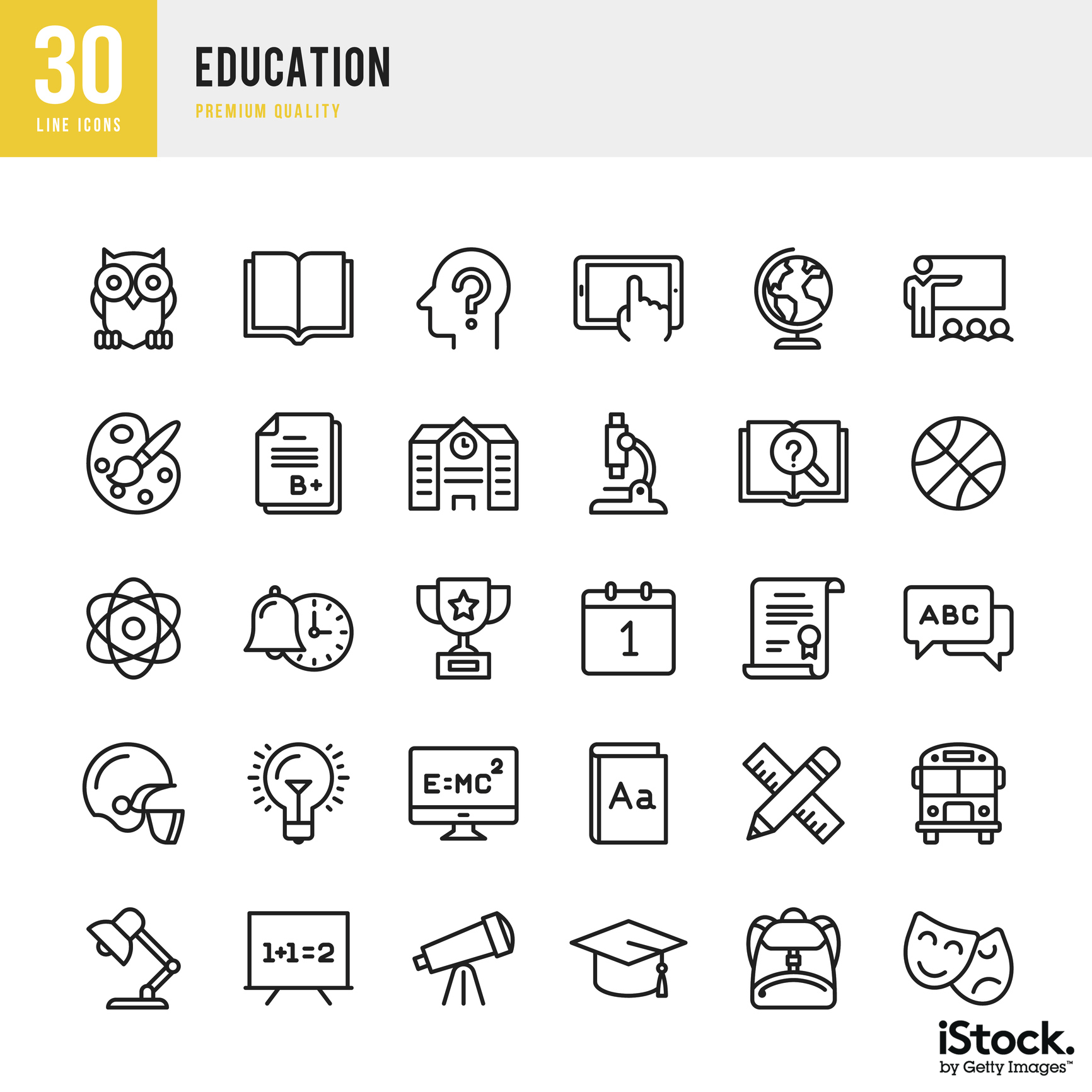
And then of course, there are icons. “You don’t often think of it, but every little icon on a website is an illustration,” she points out. “Think of things such as ‘like’ buttons, shopping carts and email links.”
The best practice here is to use vector illustrations. Because vectors are resolution-independent – meaning they’re not made up of little pixels – they can be scaled up or down to any size without losing image quality.
Reasons to use photography

01. For accuracy
There are also, of course, scenarios in which photography will be the natural choice for designers. One is where accuracy and trust are important to the aims of the design.
“People trust photographs to give an accurate representation of a place, product or person,” says Borton. “So when you’re advertising a product, it is often a good idea to represent it using photography. For example, people will react better to a photo of a plate of food in a menu, as opposed to an illustration of food, because they believe that the food they get will resemble the photograph.”
02. To look professional
More broadly, photography can also help to convey an image of professionalism. Images that accurately reflect reality can help persuade consumers that a company is serious-minded and responsible, which would be very important for an investment bank, for example.

03. To show off the real thing
Photography can also be the natural choice when you want to convey the physical qualities of a product or service to provoke a visceral reaction. For example, a photography of a luxurious hotel bedroom will provoke the thought “Ooh… I want to stay there!” much more powerfully than a stylised illustration.
Questions to ask yourself
Still unsure about whether to use illustration or photography? Borton suggests you ask yourself the following questions, and your answers should help you make an informed decision.
01. How important is accuracy?
For example, do you need to show the real-life product so customers will know what they’re purchasing? If so, photography might be a better bet than an illustration.
02. Will the image need to be sized for different applications?
If your image is going to be appearing at multiple sizes – from billboards to brochures, watch apps to cinema screens – a vector illustration can be resized to any scale without losing image quality, so it can be the ideal solution for a variety of different uses.
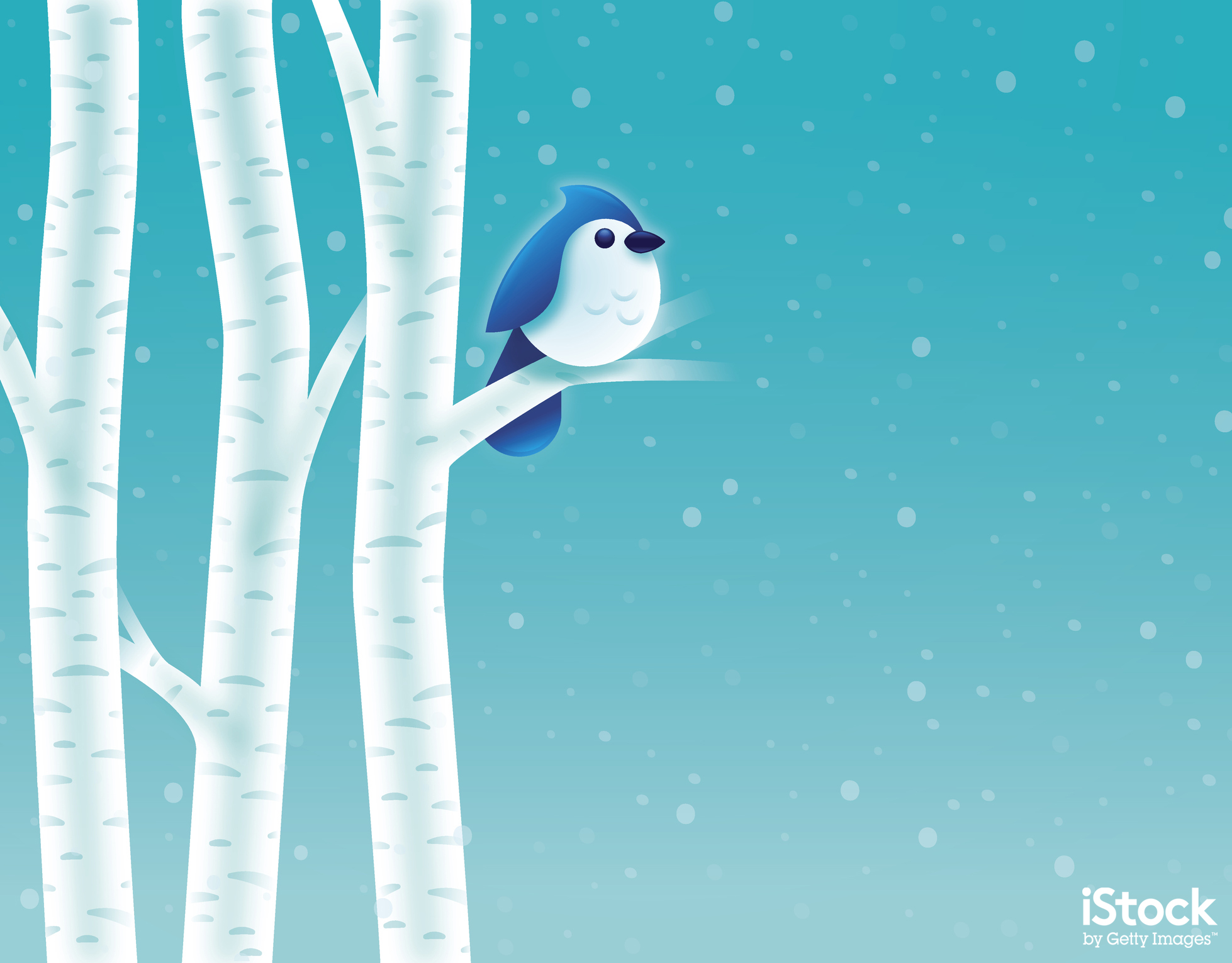
03. Is your design plan inspired by vintage imagery?
Illustrations lend themselves well to old-fashioned designs, but it can be harder to create the same effect using photography.
Find inspiration
It can also help to check out some great examples of how other designers have used both types of imagery. “I adore the vintage style used for Kuoni,” says Borton. “It’s reminiscent of retro travel posters from the 1930s to 1960s.
"I’m also a big fan of the Steppenwolf Theatre Company. They frequently use illustrations in their advertising, usually in a retro style. I love how, even though the styles of each illustration are different, they all tie in together through colour and composition to create a cohesive ‘look’."
Check out more examples in 10 great uses of illustration in brand campaigns and 8 great uses of travel photography in branding.
Special discount for Creative Bloq readers

Whether you’re looking for photographs or illustrations, iStock by Getty Images also offers you the choice of millions of high-quality, royalty-free images at a very low cost. And to give you an added incentive, we’ve teamed up with them to offer Creative Bloq readers 10% off all iStock credits.
Just use code ZNKPC46N today at the website to take advantage of this incredible offer.

Tom May is an award-winning journalist specialising in art, design, photography and technology. His latest book, The 50 Greatest Designers (Arcturus Publishing), was published this June. He's also author of Great TED Talks: Creativity (Pavilion Books). Tom was previously editor of Professional Photography magazine, associate editor at Creative Bloq, and deputy editor at net magazine.
